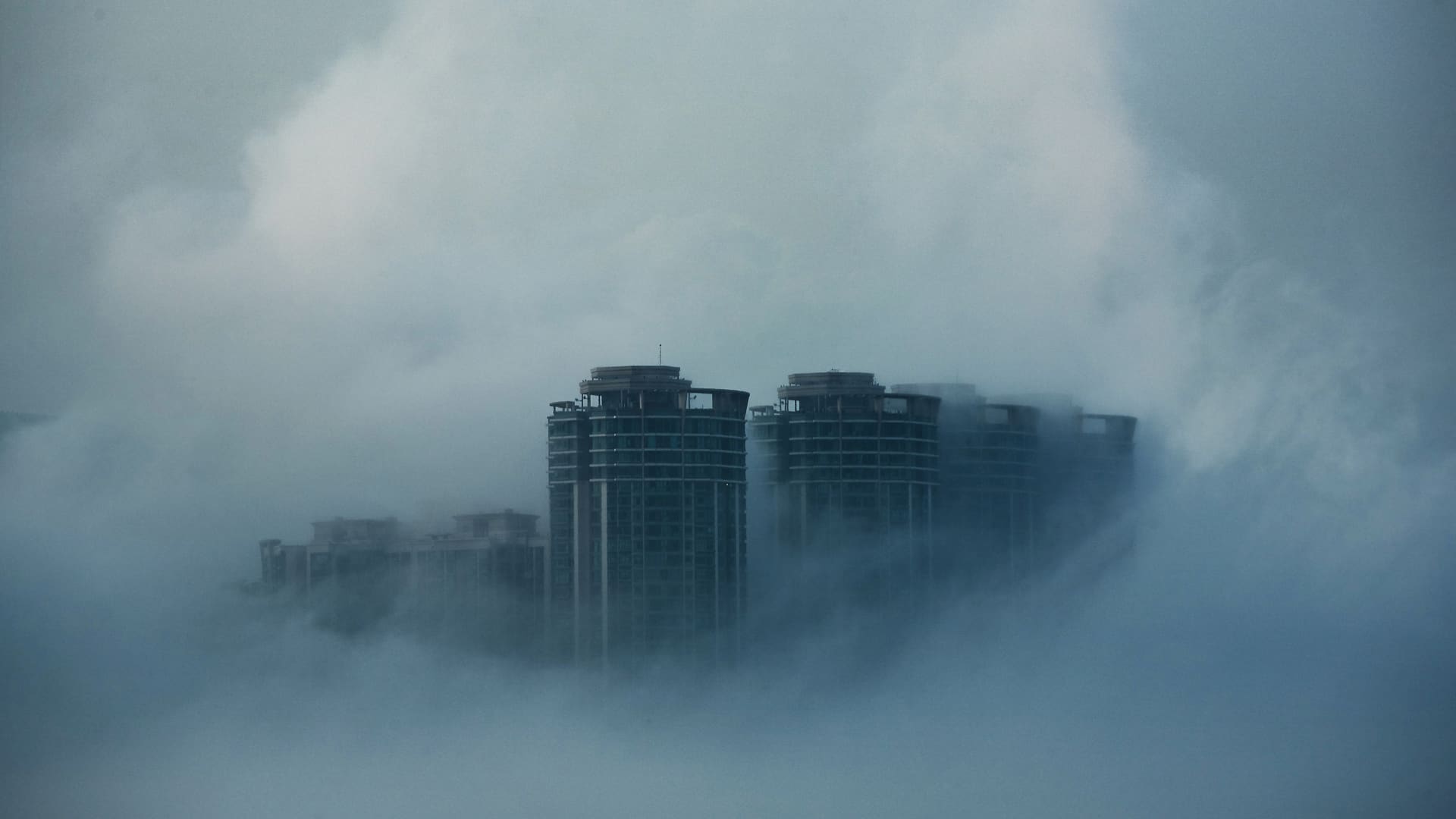Extreme weather and climate hazards are becoming more frequent, posing a unique threat not only for homeowners, but for renters.
Over 18 million rental units across the U.S. are exposed to climate and weather-related hazards, according to the latest American Rental Housing Report from Harvard University’s Joint Center for Housing Studies.
Harvard researchers paired data from the FEMA National Risk Index with the five-year American Community Survey to find out what units are in the areas that are expected to have annual economic loss every year from environmental hazards like wildfires, flooding, earthquakes, hurricanes and more.
“The rental housing stock is the oldest it ever has been and a lot of it is not suited for the growing frequency, severity and diversity in environmental hazards,” said Sophia Wedeen, research analyst focused on rental housing, residential remodeling and affordability at the Joint Center for Housing Studies.
More from Personal Finance:
What tenants should know to make rent improve credit
Three ways Gen Zers can boost credit before renting
‘Housing affordability is reshaping migration trends’
In 2023, there were 28 weather and climate disasters with damages totaling $1 billion or more, a record high, according to the latest report by the NOAA National Centers for Environmental Information. These weather disruptions collectively cost $92.9 billion in damages, an estimate adjusted for inflation, the agency found.
“It’s clear that not only are climate hazards happening more often, but they’re happening more often in places where people live, which is why we’re seeing all of these damages increase over time,” said Jeremy Porter, head of climate implications research for First Street Foundation, a nonprofit organization in New York.
Some renters ‘can’t afford to move away from the risk’
At a national level, 45% of single-family rentals and 35% to 40% of units in small, midsize and large multi-family buildings are located in census tracts, or neighborhoods, that are exposed to annual losses from climate-related hazards, the Harvard study found.
Units with the highest risk are manufactured housing like mobile homes and RVs, said Wedeen. While they’re a smaller share of the rental stock, 52% of manufactured units are located in areas with extreme weather exposure.
As the market already faces a declining supply of low-rent units available, “environmental hazards would really exacerbate the existing affordability concerns,” Wedeen said.
Residents in units like manufactured housing, low-rent or subsidized units are also often stuck with the housing they have or lack the same level of mobility as wealthier renters, experts say.
“These populations are more vulnerable and don’t have the financial means to protect themselves against the risks that exist,” Porter said. “It’s sort of a compounding risk when we see these increases in climate hazards and start impacting people who can’t afford to move away from the risk.”
Low-rent or subsidized units also face preservation issues, leaving them in poor physical conditions. According to the Harvard study, units renting for less than $600 per month have higher rates of physical inadequacy from disrepair and structural deterioration.
Manufactured housing units are more likely to be physically inadequate, meaning they are “much less able to withstand the impact of a weather-related hazard,” Wedeen explained.
How renters can protect themselves
What renters need is greater investment in the existing housing stock and upgrades that can mitigate the damage to a building and improve its resilience to hazards, Wedeen said.
However, most of the state and local funds that cover post-disaster assistance usually go to homeowners, not rental property owners.
“That in turn puts a lot of burden on renters who are displaced by natural disasters and who may find it hard to find new housing,” she said.
However, per research by First Street Foundation, there are about two times as many properties in the U.S. that have flood risks than what FEMA accounts for.
And flood insurance is only mandated for properties inside those official flood zones, Porter said.
“Half the properties across the country don’t know they have a flood risk, which means the building owner may not have flood insurance,” he said.
As a tenant, it’s important to understand that you need renters insurance to protect your possessions; the landlord’s insurance on the building does not cover your material items.
(Landlords and building owners are responsible for physical damages to the unit or building from a climate related hazard. Those repairs will depend on whether the landlord or building owner is covered by property insurance, said Porter.)
Check what type of disasters are included in your renters insurance policy. You may need riders or a separate policy to cover risks like flooding or earthquakes, experts say.
While a lot of the risks are out of the hands of renters, you can research to make informed decisions and prepare.
If you’re considering moving to a new area, research the floodplain, look for a building with resilient features and find out what risks that area is exposed to by using search tools like the FEMA flood map or riskfactor.com, a search tool backed by First Street Foundation’s data analysis.
In some areas, landlords must disclose to prospective tenants if a property is in a floodplain or has experienced flooding in the past.
“Without substantial investment, displacements and units becoming uninhabitable is only going to continue,” Wedeen said.
